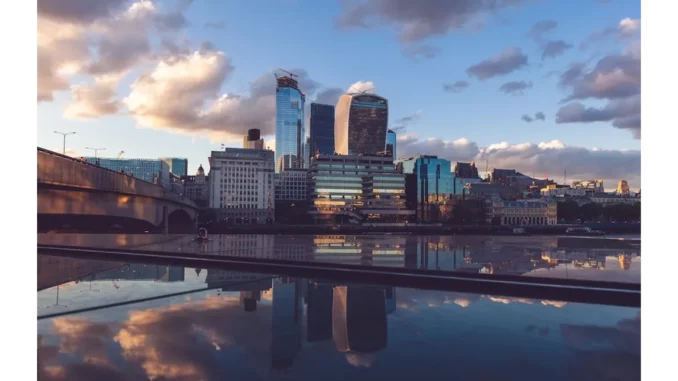
In a quaint café nestled in the heart of Derbyshire, I had the privilege of sitting down with Emily Harper, a local historian and ardent advocate for the preservation of the Derwent Valley Mills. Despite her composed exterior, Emily’s eyes reflected a profound concern. Our discussion revolved around the recent report from UNESCO, casting a long shadow over the future of this treasured World Heritage Site.
Focus360 Energy: property compliance services – pre-planning to post-construction. Learn more.
“The world heritage status of Derbyshire’s Derwent Valley Mills could be jeopardised by repeated ‘inappropriate’ developments,” Emily began, her voice a blend of frustration and urgency. Having devoted years to studying and safeguarding the history of the Derwent Valley, Emily is acutely aware of the stakes involved.
Emily elaborated on UNESCO’s report, presented at its World Heritage Committee summit in India, which underscored the pressures besieging the Derwent Valley Mills. “The report indicates that development pressures, coupled with the inadequacy of the current management system to protect its outstanding universal value, have reached a critical point. Without immediate action, we face an ascertained or potential threat,” she cited.
As she spoke, it became evident that the issue extended beyond mere preservation of buildings. It encompassed maintaining the integrity of a site pivotal to the industrial history of the UK and the world. “The Derwent Valley Mills are not just bricks and mortar; they epitomise the birthplace of the modern factory system. They stand as a testament to human ingenuity and the industrial revolution,” Emily stated, her passion palpable.
The valley, with its series of 18th and 19th-century cotton mills, had emerged as a beacon of innovation. It was here that Richard Arkwright’s water frame was first employed, revolutionising textile manufacturing. The site’s inscription as a World Heritage Site in 2001 acknowledged its substantial contribution to humanity’s shared heritage. However, Emily lamented that recent developments were encroaching on this historical landscape. “UNESCO has raised objections to several proposed developments along the Derwent Valley,” she noted. These developments included new housing projects and commercial buildings that failed to align with the area’s historical character.
“One of the most contentious proposals,” Emily revealed, “is the construction of a modern housing estate adjacent to one of the original mill sites. While the need for new housing is understandable, it is imperative that these developments remain sensitive to the historical context of the area.”
UNESCO’s report urged the UK government to halt all new developments that could adversely affect the property’s outstanding universal value. “The committee may therefore urge the state party [the UK government] to halt all new developments which may negatively impact the outstanding universal value of the property, including those already approved, until the review of local plans by ICOMOS has been completed and its recommendations taken into account,” Emily read from the report.
The gravity of the situation was underscored by the example of Liverpool, which lost its World Heritage status in 2021 after a UN committee determined that developments had threatened the value of the city’s waterfront. “We cannot let the same fate befall the Derwent Valley Mills,” Emily stressed.
As our conversation progressed, Emily reflected on the role of local communities in safeguarding the heritage site. “While government policies and international recommendations are crucial, the local community must also take an active role in preserving our heritage. It’s about fostering a sense of pride and responsibility among residents,” she said.
Emily mentioned various local initiatives aimed at raising awareness and promoting heritage conservation. “We’ve organised guided tours, educational programmes, and community events to engage people with the history of the Derwent Valley Mills. It’s heartening to see the passion people have for preserving our local heritage,” she shared.
Nonetheless, she acknowledged that more needed to be done. “We require a robust management system that not only addresses current threats but also anticipates future challenges. This includes collaborating closely with developers to ensure that any new projects harmonise with the historical landscape,” Emily proposed.
As our meeting drew to a close, Emily’s final words resonated with a sense of hope and determination. “The Derwent Valley Mills are a precious part of our shared history. It is incumbent upon all of us—local communities, government bodies, and international organisations—to ensure that this heritage is preserved for future generations.”
Walking away from our conversation, I felt a renewed appreciation for the Derwent Valley Mills and the urgent need to protect this irreplaceable site. Emily Harper’s passion and dedication served as a powerful reminder that heritage preservation is not merely about honouring the past but about shaping a sustainable and respectful future.


Be the first to comment